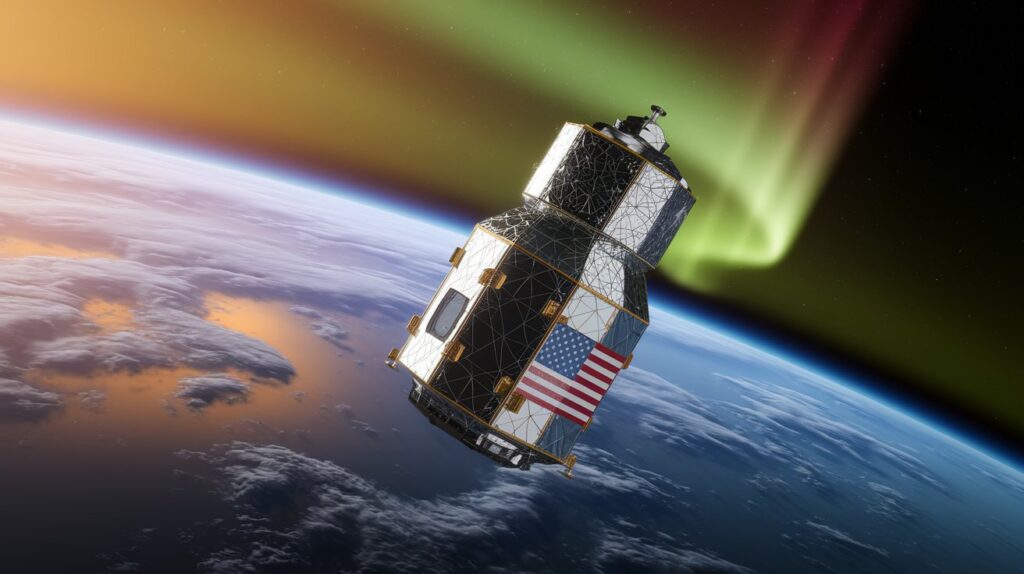Introduction: Trade Wars Meet the Final Frontier
While space may be the next frontier for innovation, it hasn’t been immune to Earth-bound politics. The Trump administration’s tariff strategy, aimed at curbing reliance on foreign manufacturing—particularly Chinese tech—has had a ripple effect across many industries, including aerospace. The small satellite market, with its intricate web of global suppliers and rapid production cycles, was especially vulnerable. Now, years later, the industry is still adapting to this reality.

1. Understanding the Small Satellite Supply Chain
Small satellites—ranging from nano- and micro-satellites to CubeSats—are built from high-tech, high-precision components often sourced globally for cost and availability reasons. Commonly imported subsystems include:
- Radiation-hardened processors
- High-efficiency solar panels
- Lightweight satellite bus structures
- RF antennas and communication modules
Tariffs placed on hundreds of such components created cost surges and procurement delays. As a result, manufacturers faced tough decisions: find new suppliers, eat the costs, or pass them on to customers.
Request US Tariff Impact Analysis Now @ https://www.marketsandmarkets.com/forms/ctaTariffImpact.asp?id=150947396
2. A Breakdown by Subsystem: Where Tariffs Hit Hardest
- Satellite Bus & Structural Materials:
Aluminum alloys and composite structures imported from China and Europe saw price increases of 10–15%. Smaller satellite makers struggled to meet project budgets, particularly for academic and scientific missions. - Payload Technologies:
Imaging sensors and specialized payload electronics faced restrictions, slowing down innovation pipelines and increasing R&D costs. - Solar Panels & Power Systems:
U.S. reliance on Asian-made solar cells backfired under tariffs. Companies began shifting to U.S.-made panels, which came at a premium and often lower efficiency. - Antennas and Communication Modules:
Highly sensitive to cost, these components were among the most disrupted, impacting satellites designed for broadband, IoT, and emergency comms.
3. Implications by Orbit Class
- LEO (Low Earth Orbit):
The bulk of the small satellite activity occurs in LEO, making it the most impacted. Companies building large constellations (e.g., remote sensing, communications) faced rising CapEx and sought alternate launch strategies to stay competitive. - MEO & GEO:
Less populated by smallsats, but missions here suffered from higher costs in propulsion and thermal control systems, often imported or custom-built with foreign tech. - Emerging Orbits:
Concepts like cislunar and sun-synchronous orbits now require more thoughtful sourcing strategies to align with regulatory and tariff constraints.
4. Regional Rebalancing: Winners and Losers
- United States:
Some firms benefited from “Buy American” policies and DoD-backed investments. However, commercial operators and startups bore the brunt of cost increases. - China:
Pivoted to domestic self-sufficiency, investing heavily in vertically integrated satellite supply chains. - Europe & Canada:
Benefited from being alternative suppliers to U.S. firms dodging Chinese tariffs. - India & Brazil:
Gained visibility as low-cost manufacturing alternatives, with growing capabilities in satellite subsystems.
5. Application Outlook: Who’s Adapting and How?
- Defense & Government Missions:
Pivoted quickly, leveraging policy and funding to secure domestic supply chains and boost local R&D. - Commercial Ventures:
More agile but exposed. Many moved manufacturing offshore or split operations across tariff-free zones. - Academic & Scientific Communities:
Delays and budget overruns plagued CubeSat programs, impacting student-led missions and low-cost exploration projects.
6. Strategic Forecast to 2029: Toward a Tariff-Resistant Future
Despite initial setbacks, the global small satellite market is projected to rebound strongly, with a CAGR exceeding 16% through 2029. However, growth will be uneven and shaped by:
- Resilience in sourcing and inventory strategies
- Stronger local and regional supply ecosystems
- Policy shifts under new U.S. and global leadership
- Public-private partnerships focused on tariff-agnostic innovation
Companies investing now in modular, reconfigurable satellite architectures and diversified supplier networks will have the edge in an increasingly protectionist trade landscape.
Future Outlook: What Comes Next?
The Trump-era tariffs acted as a catalyst, exposing vulnerabilities in the small satellite market’s global value chain. As we approach 2029, it’s clear that success will belong to players who not only innovate in orbit—but also outmaneuver economic gravity on the ground.